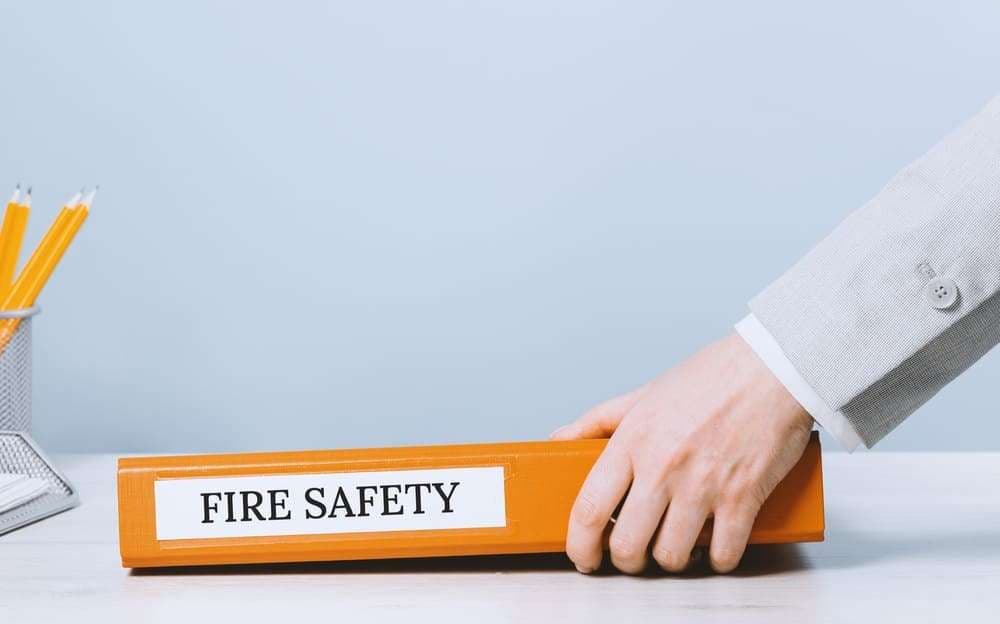"Occupational Health and Safety:
A Guide to OSHA
As an employer, it's important to ensure that your workplace is safe and healthy for your employees. Not only is this a legal requirement, but it also benefits your organization in terms of reduced absenteeism, increased productivity, and improved morale. One of the key ways to ensure workplace safety and health is by complying with the regulations set forth by the Occupational Safety and Health Administration (OSHA).
In this blog, we'll provide an overview of OSHA regulations and how they apply to your workplace. We'll also discuss the benefits of OSHA compliance and provide tips on how to achieve compliance.
What is OSHA?
OSHA is a federal agency that is responsible for setting and enforcing workplace safety and health regulations. These regulations are designed to ensure that employers provide a safe and healthy workplace for their employees.
OSHA regulations cover a wide range of topics, including but not limited to:
• Hazard communication
• Personal protective equipment
• Respiratory protection
• Electrical safety
• Machine guarding
• Lockout/tagout
• Confined space entry
• Ergonomics
Why is OSHA compliance important?
Complying with OSHA regulations is not only a legal requirement, but it also benefits your organization in several ways. By ensuring a safe and healthy workplace, you can:
• Reduce workplace accidents and injuries
• Lower workers' compensation costs
• Improve employee morale and productivity
• Avoid fines and penalties for non-compliance
• Enhance your reputation as a responsible employer
Tips for achieving OSHA compliance
Here are some tips to help you achieve OSHA compliance in your workplace:
1. Understand the regulations
Take the time to familiarize yourself with the OSHA regulations that apply to your workplace. You can find the regulations on the OSHA website or consult with an OSHA compliance expert.
2. Conduct a hazard assessment
Identify potential hazards in your workplace and assess the risks associated with them. This will help you determine what measures you need to take to ensure workplace safety.
3. Develop a safety program
Develop a comprehensive safety program that outlines your organization's policies and procedures for ensuring workplace safety. This program should include training for employees on how to identify and respond to potential hazards.
4. Provide personal protective equipment (PPE)
Ensure that your employees have access to the appropriate PPE, such as gloves, hard hats, and safety glasses.
5. Regularly inspect equipment and machinery
Regularly inspect all equipment and machinery to ensure that it is in good working order and does not pose a hazard to employees.
6. Train employees on safety procedures
Provide regular training to employees on safety procedures and how to respond to potential hazards. This training should be comprehensive and cover all relevant topics.
7. Maintain records
Keep detailed records of workplace injuries, illnesses, and accidents. This will help you identify patterns and areas where improvements can be made.
8. Conduct regular safety audits
Conducting regular safety audits can help you identify any potential hazards that may have been missed during previous assessments. This can help you make necessary changes and improvements to your safety program.
9. Encourage employee involvement
Encourage your employees to participate in the safety program and provide feedback on any potential hazards or safety concerns they may have. This can help create a culture of safety within your organization.10. Stay up to date with new regulations:
OSHA regulations are subject to change, so it's important to stay up to date with any new regulations that may apply to your workplace. This can help ensure ongoing compliance and safety.
Here is a useful sheet for achieving OSHA compliance:
1. Understand the regulations.
2. Conduct a hazard assessment.
3. Develop a safety program.
4. Provide personal protective equipment (PPE).
5. Regularly inspect equipment and machinery.
6. Train employees on safety procedures.
7. Maintain records.
Complying with OSHA regulations is a critical part of ensuring workplace safety and health. By taking the time to understand the regulations, conducting a hazard assessment, and implementing a comprehensive safety program, you can help protect your employees and avoid fines and penalties for non-compliance. Contact us today to learn more about our course offerings and how we can help you achieve OSHA compliance in your workplace.
Related Posts
10,000+ unique online course list designs





